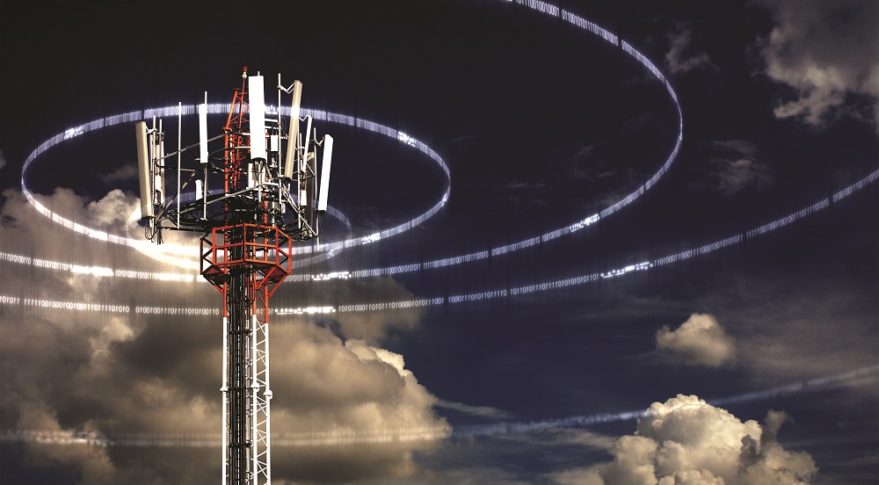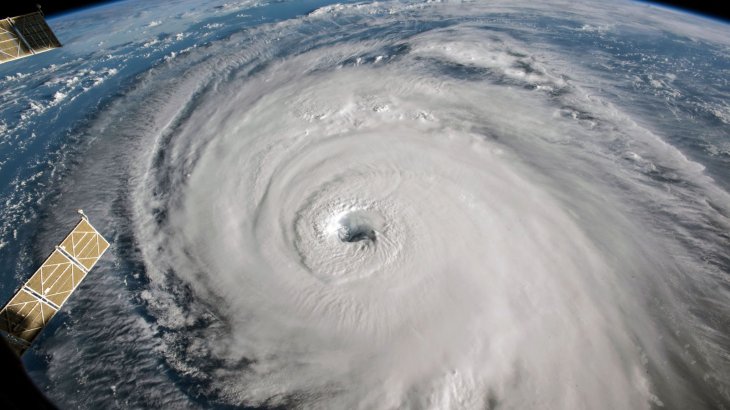5G Networks Can Seriously Influence Weather Forecast
Dhir Acharya - May 06, 2019

Meteorologists say that 5G can disrupt the satellite instruments used to keep track of any change in the atmosphere, reducing their ability to forecast.
- Jio Is Making Rs 2,500-3,000 5G Smartphones For The Indian Market
- Long Before Border Conflict, Reliance Jio Has Worked To Prevent Huawei From Infiltrating India's 5G Network
- Xiaomi Might Release A Cheap 5G Smartphone For As Low As Rs. 10,000 At The End Of This Year
Amid the crazy wave of deploying 5G, meteorologist across the world are saying that 5G cell phone networks can have serious influences on the ability of weather forecasters to predict big storms. They say that 5G can disrupt the satellite instruments used to keep track of any change in the atmosphere. This will result in impaired weather forecasts, and poorer storm warnings, leading to deaths, according to the meteorologists.
Tony McNally of the European Centre for Medium-Range Weather Forecasts said:

Meteorologists have this concern because, in fact, new 5G networks use the radio frequencies that can contaminate important Earth observations that weather satellites make. On the satellites, there are instruments looking into the atmosphere to study many variables including ice content, cloud cover, snow, rain, and vapor, which all have crucial impacts on the weather.
Take the 23.8 GHz frequency for example. At this wavelength, a faint signal is emitted from water vapor that weather satellites monitor and measure. Then, forecasters use this data to figure out how the weather system or a storm may develop.

As stated by Niels Bormann of the Reading weather center, this data is critical for the ability to forecast and if they lose this capability, the quality of the weather forecast will reduce significantly.
The problem here is that 5G networks are likely to transmit close to a frequency similar to what water vapor emits, which means it will generate a signal that may be mistaken to present in the atmosphere. Bormann explained that they cannot tell the difference, hence have to dispose of that data, affecting the ability to forecast the weather accurately.
This issue is especially concerning because the FCC and other countries’ similar agencies have started selling telecom providers frequencies near 23.8 GHz. Besides this frequency, we also use 36-37 GHz band for studying snow and rain, 50 GHz for measuring atmospheric temperature, and 86-92 GHz band for cloud and ice analysis.
All of the wavebands above are all available in the US. For now, we can’t tell if other countries will sell the same frequencies in the coming months. Later this year, an international conference held in Egypt will discuss this issue.
According to forecasters, this move of the US has already affected their ability in data collection. Also, they promise to lobby other countries against using crucial frequencies for 5G networks to remain their ability to forecast accurately.
In addition, they allege telecom providers of messing up the radio spectrum to exploit wavelengths as well as regulators of their failure in protecting vital natural frequencies for observing Earth from outer space. Jordan Gerth, a meteorologist of the University of Wisconsin-Madison, said:

Featured Stories

Features - Jul 01, 2025
What Are The Fastest Passenger Vehicles Ever Created?

Features - Jun 25, 2025
Japan Hydrogen Breakthrough: Scientists Crack the Clean Energy Code with...

ICT News - Jun 25, 2025
AI Intimidation Tactics: CEOs Turn Flawed Technology Into Employee Fear Machine

Review - Jun 25, 2025
Windows 11 Problems: Is Microsoft's "Best" OS Actually Getting Worse?

Features - Jun 22, 2025
Telegram Founder Pavel Durov Plans to Split $14 Billion Fortune Among 106 Children

ICT News - Jun 22, 2025
Neuralink Telepathy Chip Enables Quadriplegic Rob Greiner to Control Games with...

Features - Jun 21, 2025
This Over $100 Bottle Has Nothing But Fresh Air Inside

Features - Jun 18, 2025
Best Mobile VPN Apps for Gaming 2025: Complete Guide

Features - Jun 18, 2025
A Math Formula Tells Us How Long Everything Will Live

Features - Jun 16, 2025
Comments
Sort by Newest | Popular